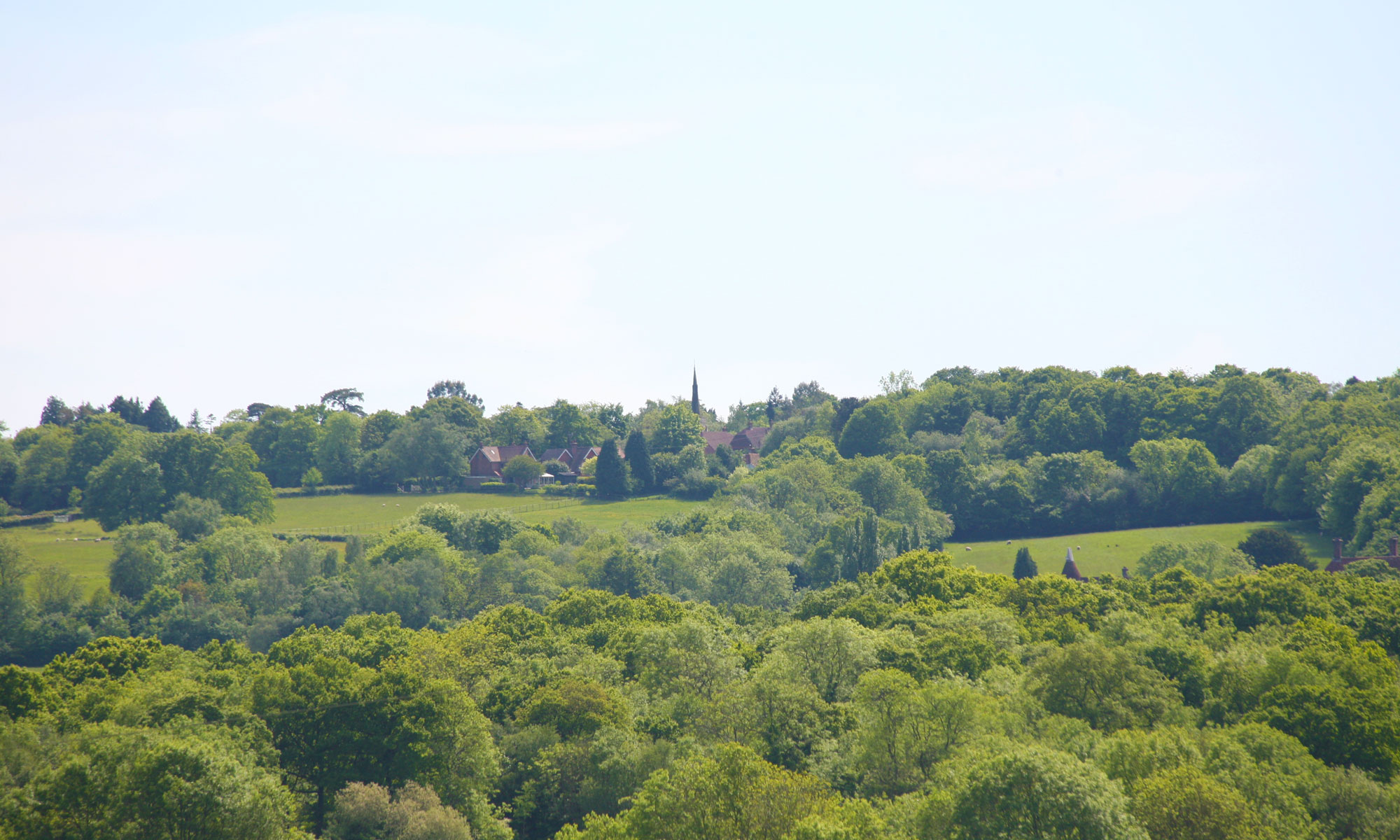THE GARDEN
The garden has recovered from a cold frosty April and a very wet May. So many plants, both vegetables and ornamentals, just sat and sulked for weeks (although surprisingly and counter intuitively here at Rose Cottage mostly untouched by slugs and snails until the recent drier weather arrived). But as the weather improved the garden came to life. Cosmos kept inside against the cold grew strongly enough to escape slug damage which had destroyed an early planting of French marigolds, and French beans caught up with some planted earlier. Tomatoes in the polytunnel were also adversely affected by the cold April nights but are now growing strongly And again, later plantings did better. The moral seems to be, don’t be in too much of a hurry.
In earlier years we grew tomatoes in growbags to avoid building up diseases in the soil, but I’m not good at consistent watering and an annual holiday in August didn’t help. When we adopted the no dig method, we use new compost every year, and so avoid blight.
They are in two of the four beds on either side of the tunnel. Previously tomatoes shaded the end bed which consequently never grew much during these summer months. This spring we remembered an old aluminium greenhouse bench dumped behind a shed. It was almost exactly the same width as the polytunnel, so we thought we’d grow peppers, chillies and aubergines on it. They were planted in large 20cm/10in pots in a mix of compost with John Innes, some sieved garden compost and a handful of grit. There were four pots of aubergine and eight of peppers and chillies. They responded to the better light and have given us the best crops ever.
In a recent broadcast from RHS Hampton Court, a team member chose Geranium ‘Rozanne’ as one of her three top perennials. Unlike other hardy geraniums, ‘Rozanne’ flowers continuously throughout the summer and well into autumn. We grow it with shrub roses where it hides the bare stems. The colour goes well with the pink and red roses. Worthy of a place in any garden.
Jobs
While it’s tempting to deadhead many plants, it’s a good idea to leave some to form seedheads, providing a nutritious food source for birds. These include Berberis (thrushes and blackbirds); dogwood/Cornus (finches, thrushes); cotoneaster (waxwings, blackbirds); ivy (redwings, bullfinches, blackbirds); holly (greenfinches); honeysuckle (robins, song thrushes, blackbirds); rose hips (waxwings, blackbirds); rowan (blackcaps, finches, song thrushes, waxwings).
Deadhead dahlias and other perennials to encourage a constant display of blooms. Sow hardy annuals
Strim or mow areas of wildflower meadows now the plants have scattered their seeds.
Watch out for flea beetle on brassicas and related plants such as Swiss chard and rocket. Look out for blossom end rot on tomatoes caused by irregular watering.
Sow lettuce (out of the glare of direct sun}, rocket, spring onion, radish, winter salads including mizuna, mustard leaf and lamb’s lettuce
Cut back summer-fruiting raspberries to the ground.
Ken Mines

